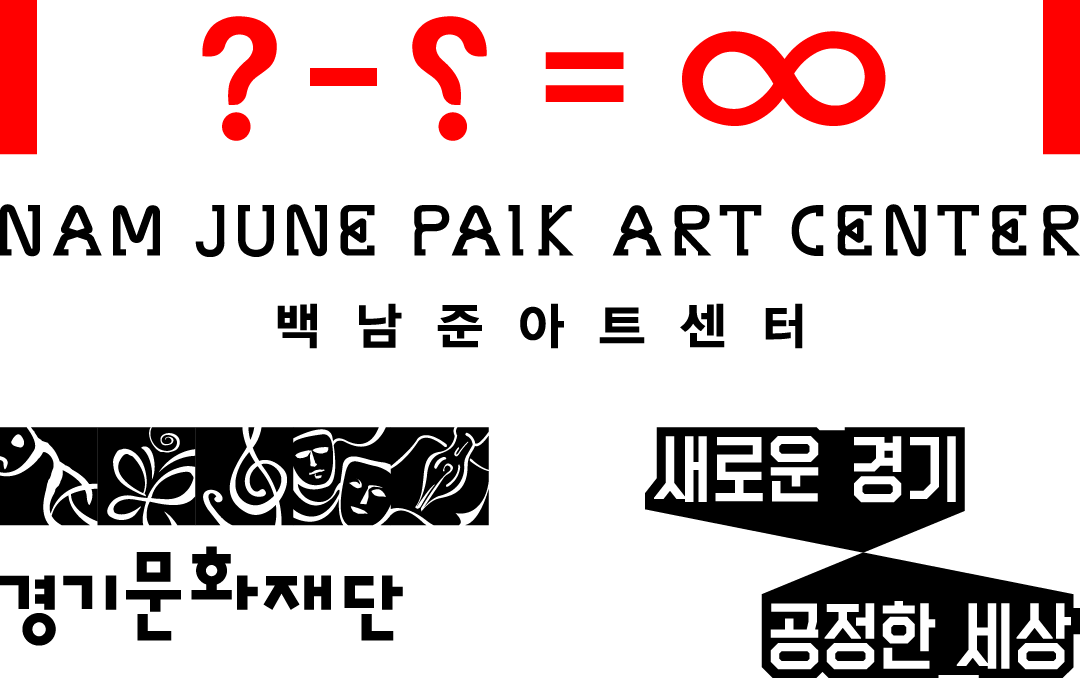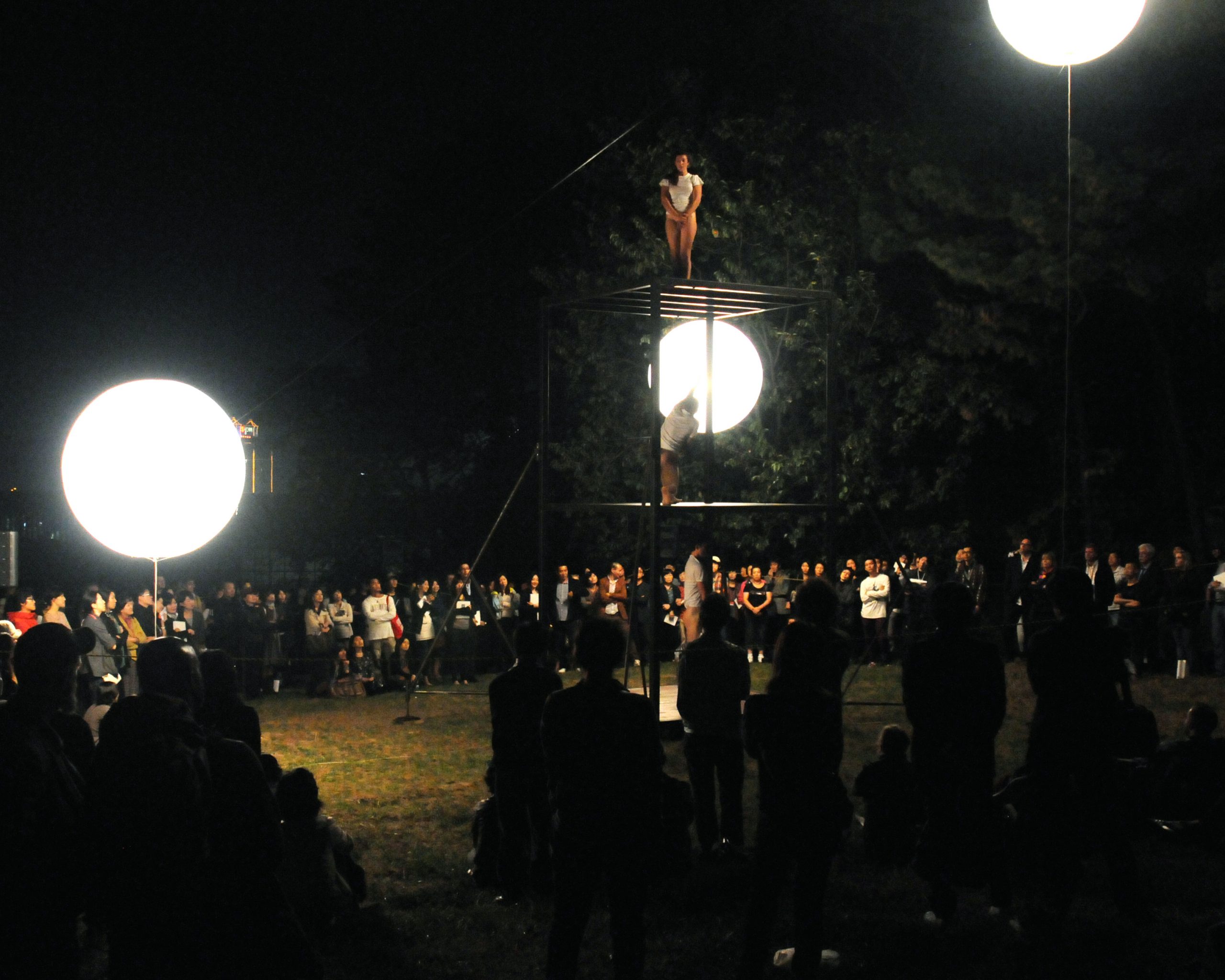
Boris Charmatz, Aatt enen tionon, 2008, 퍼포먼스
Exhibition
NOW JUMP
Oct 8, 2008 — Mar 1, 2009
Nam June Paik Art Center Inaugural Festival
Venue
Nam June Paik Art Center, Gallery 1, 2
Artists
A kills B, Allan Kaprow, André Gonçalves, Annie Vigier & Franck Apertet (Les gens d’Uterpan), Antonia Baehr, Anzaï, Aurélien Froment, Bas Jan Ader, Bik Van der Pol, Bomin Kim, Boris, Charmatz (Association EDNA), Byungjun Kwon, Byungki Whang, Castillo/Corrales, Changsub Choi, Charlotte Moorman, Choogsup Lim, Claudia Triozzi, Donghee Koo, Dora Garcia, Dujin Kim, Eunjoo Lee, Forced Entertainment, George Brecht, George Maciunas, Guido van der Werve, Guillaume Désanges, Hans G. Helms, Hansol Yoon, Hermann Nitsch, Herwig Weiser, Hontoban-Anthony Bannwart, Hwayeon Nam & Younggyu Jang, Hyoungmin Kim, Jackson Hong, Jan Fabre, Joe Johns, John Cage, Joongki Geum, Joseph Beuys, Karlheinz Stockhausen , Kiyoshi Kuroda, Klaus Barisch, Kris Verdonck, Kulim Kim, Kunyoung Lee, Kyungwon Moon, La Ribot, Larry Miller, Manfred Leve, Manfred Montwé, Manon de Boer, Marjolijn Dijkman, Mary Bauermeister, MeeNa Park, Merce Cunningham, Minsuk Cho, Nam June Paik, Namaiki(David Duval-Smith, Michael Frank), Naoki Ishikawa, Neungkyoung Sung, Otto Muehl, Paolo Soleri, Paul Granjon, Peter Fischer, Peter Moore, Peter Weibel, Peter Welz, Rene Daalder, Rimini Protokoll, Robert Filliou, Romeo Castellucci (Socìetas Raffaello Sanzio), Rostarr, Ryoji Ikeda, Sasa [44, Sergio Prego, Shiomi Mieko, Shuya Abe, Stephan Reusse, Stephen Smith/Neasden Control Centre(Stephen Smith, Dherry Jeurissen), Sukhi Kang, Sun Yuan, Susie Lim , Sylvano Bussotti, Toshiki Okada, Ulrich Bassenge, Vincent Dupont, Wang Xingwei, William Forsythe, William Gedney, Wolsik Kim, Xiao Zhuang, Yangachi, Yiso Bahc, Yuji Takahashi, Zilvinas Kempinas
Curators
Ahn Sohyun, Lee Chaeyoung, Lee Sooyoung
Nam June Paik Festival: Now Jump
NOW JUMP, the festival’s title, originates in an Aesop punchline: ‘Hic Rhodus, hic saltus!’ ‘NOW JUMP’ is an appeal to exceed past achievements: NOW is always the time to act. An invitation or call to action, this festival also represents the ambition of the Nam June Paik Art Center to leap into the future through the NJP Festival.
NOW JUMP is organized according to the concept of ‘Stations’, simultaneously encompassing a state of stillness and of motion or anticipation of motion. In our everyday experience these can be places where trains or buses regularly stop; broadcasting stations; power
stations; research institutes; studios; local headquarters; habitats; social status or postures.
Station 1
Station_1 is a point of a departure gathering Nam June Paik archival material and works and combining it with that of his friends, colleagues and references. Aiming to recontextualize the artist’s work within the history of his own practice, that of Fluxus and other trends of the 1960s, it is an attempt to highlight the complexities of creativity and its social and political significance. Ultimately the goal is to renegotiate the influence Nam June Paik within the practice of new generations of artists.
Station 2
Station_2 is a state of anticipation – reintroducing the notion of potentiality into the actualized exhibition space and implanting an openness that the exhibition loses when it comes into being. Different forms of performance are given a platform from which they can be regarded and from which they can also look at each other. By producing their own space, time and durational place these works expose the circuits into which they are inserted and begin to expand into the realm of lived experience.
Station 3
Station_3 is a journey that has already begun. Unlike Stations 1 and 2 which are mainly presented in the Art Center building, Station 3 intersperses artworks into a brand new private gallery and an existing high school gymnasium. The specific characteristics of these buildings create shifts in mood and tone. Whereas before the works were in dialogue with the past and the contemporary present, here the dialogue ranges from domestic and introspective to imposing and controlled, reminiscent of being in urban space. In this context, the practices presented dwell on creativity as an ability to open lines of flight from apparent reductive definitions and restrictions.
Hosted and Organized by
Nam June Paik Art Center, Gyeonggi Cultural Foundation
Supported by
Institut Français, Pro Helvetia – Swiss Arts Council, Japan Foundation Korea, Samsung SDI, Samsung Electronics
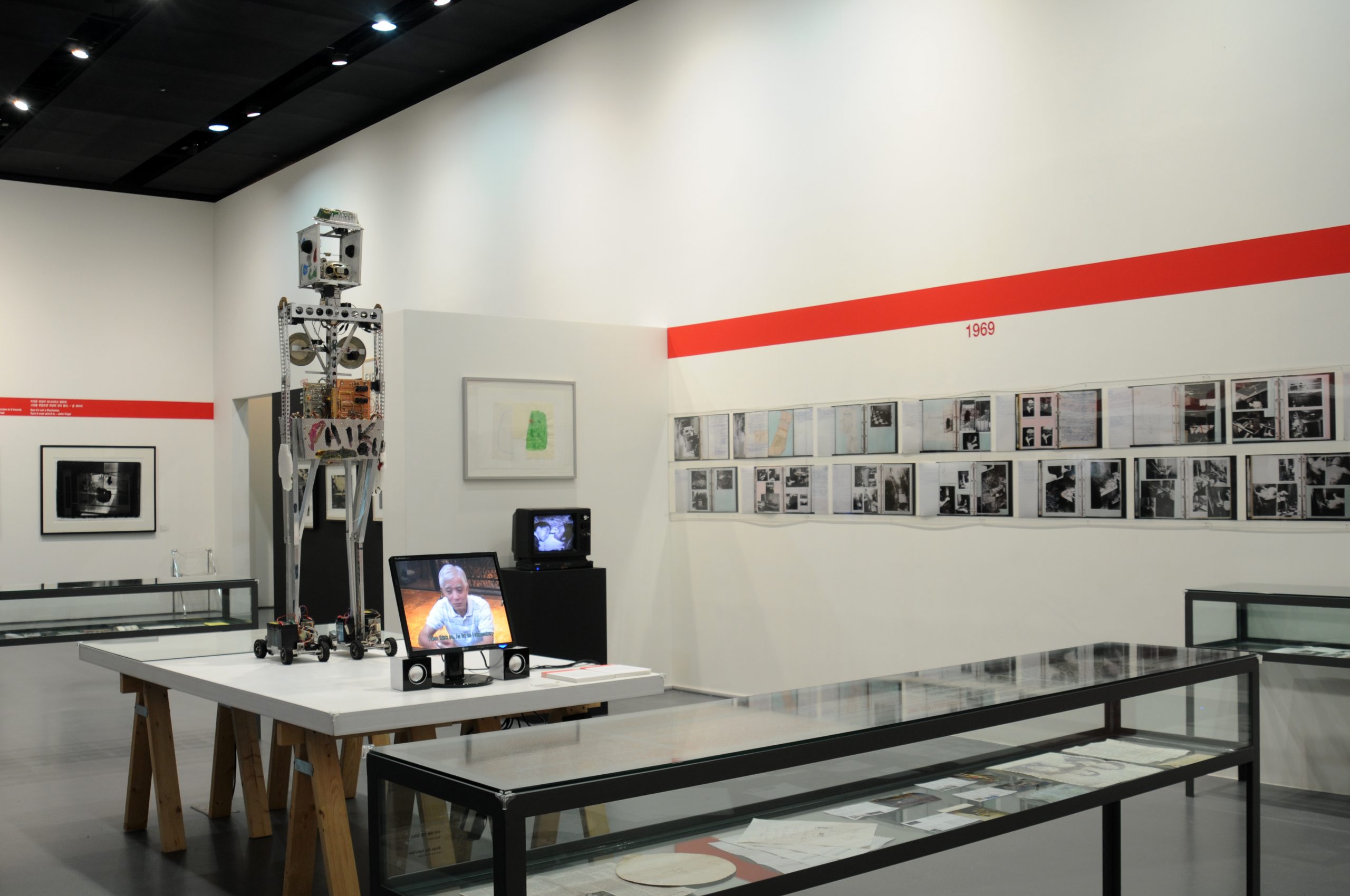
station 1 installation view

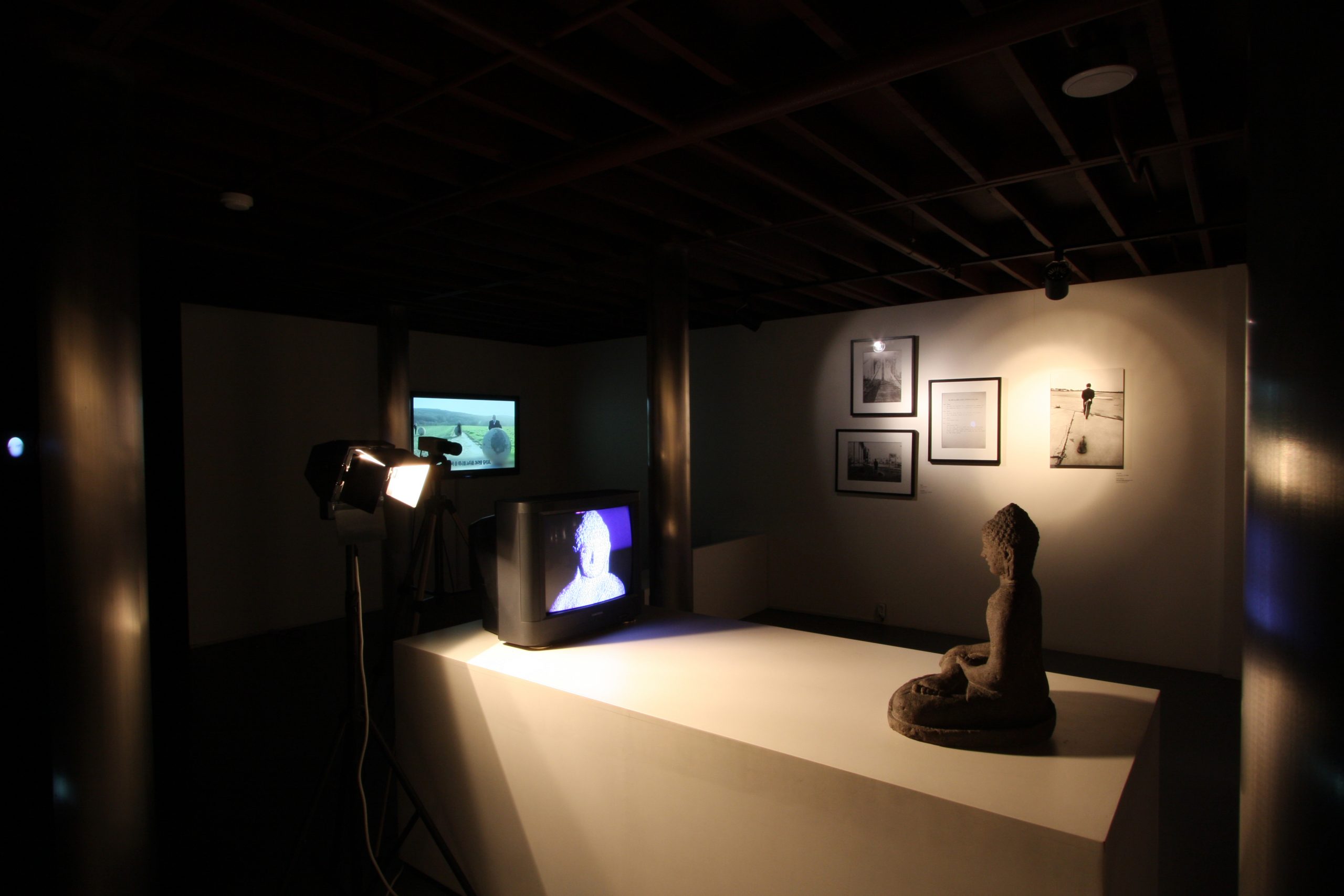
station 1 installation view

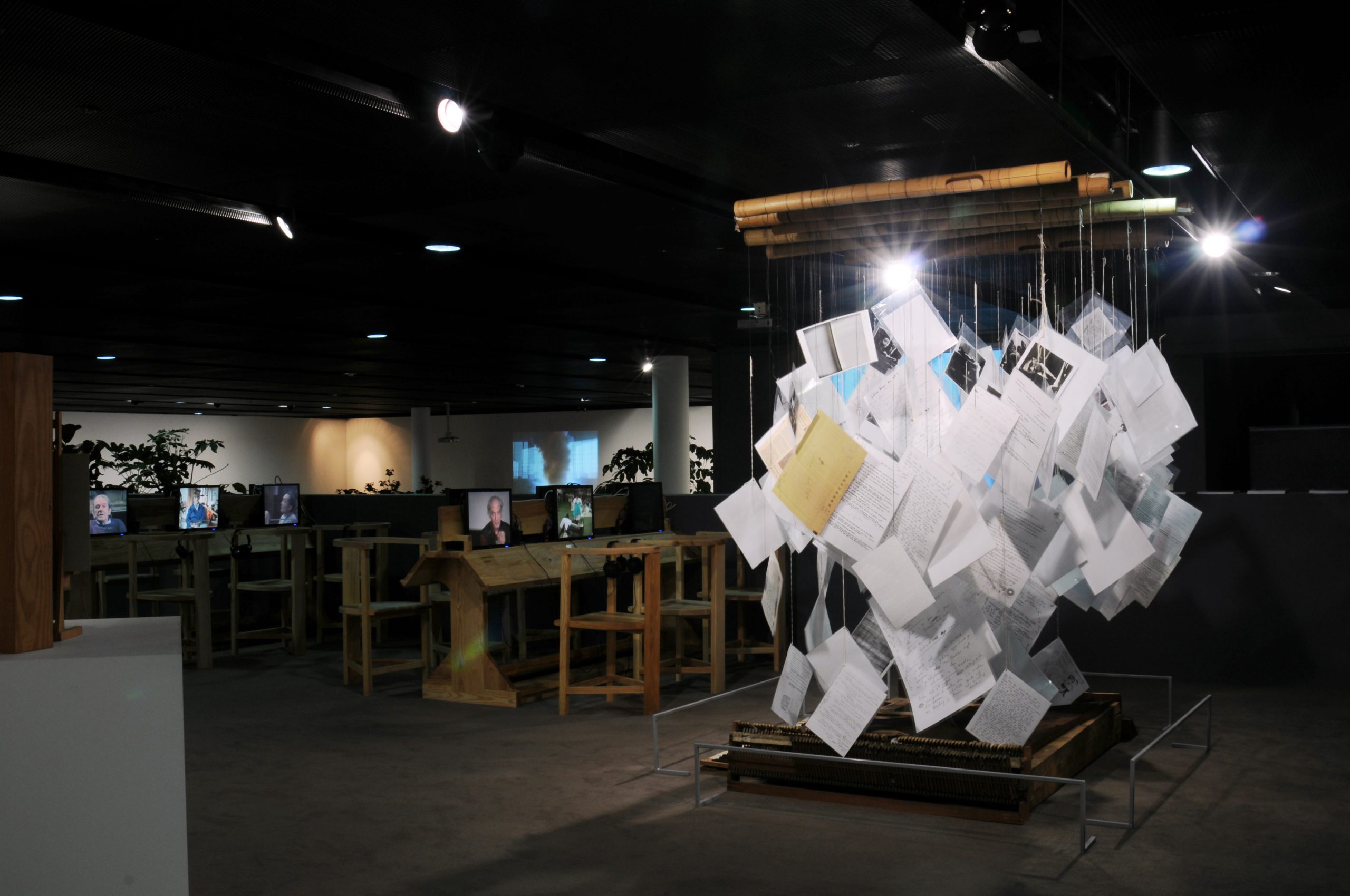
station 1 installation view

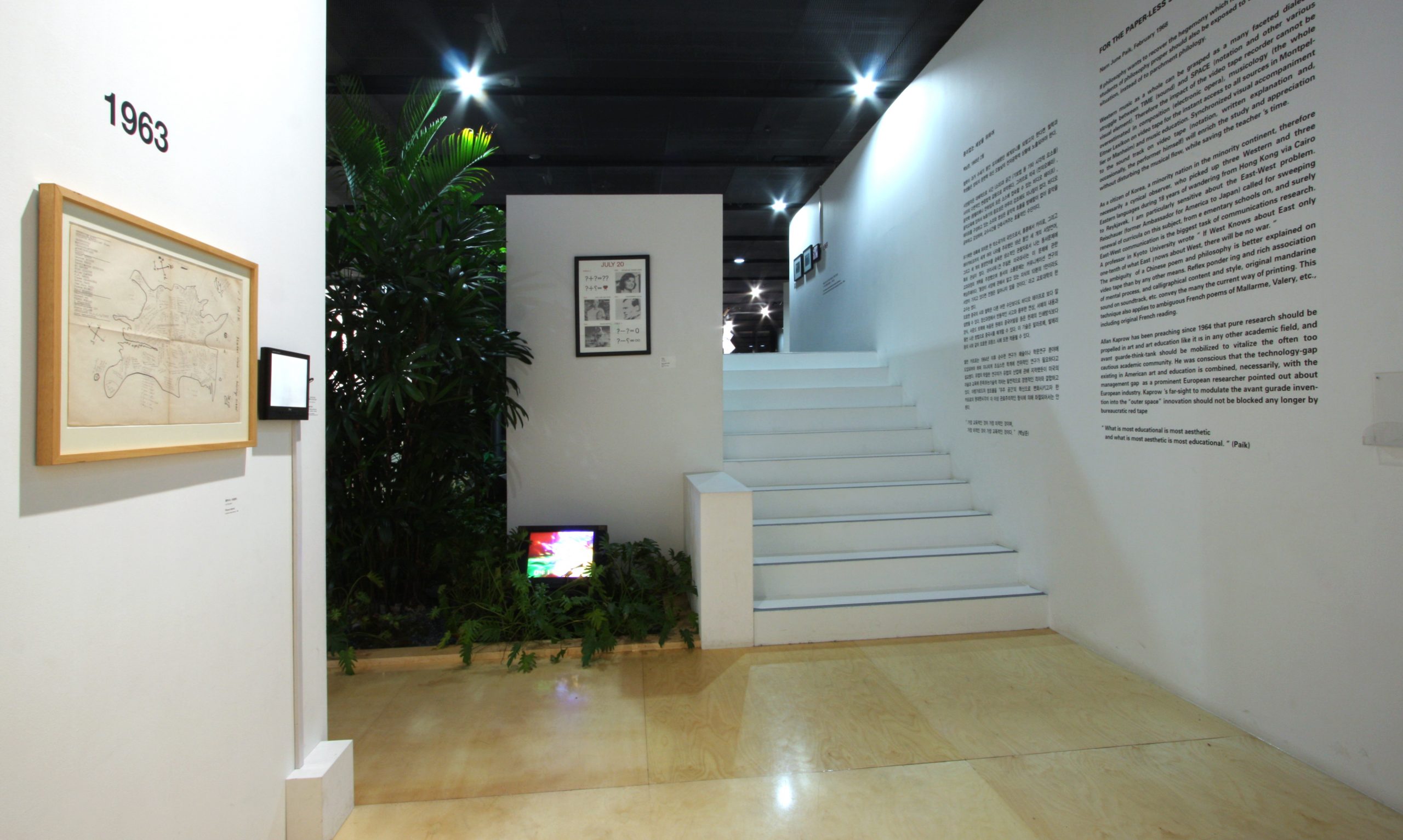
station 1 installation view

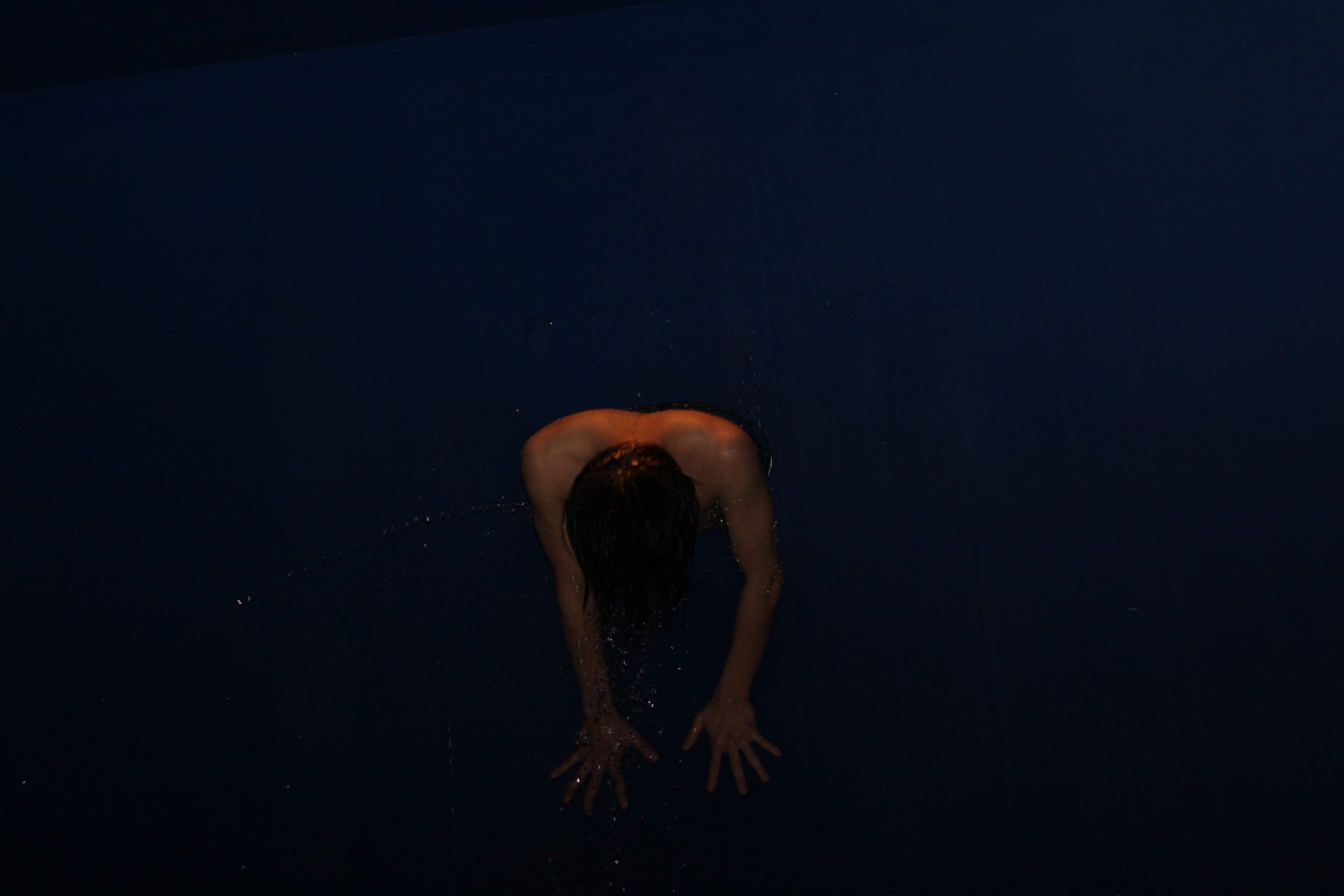
Romeo Castellucci, Paradiso

Romeo Castellucci established Socìetas Raffaello Sanzio in 1981. His work, not easily categorized as theatre or visual art, focuses more on the manifestation of meaning by the awakening of the senses through the combination of body energy, materiality, sound and visual elements
rather than on conceptual interpretation or narrativity. In 2008, he was a associate artist at the Avignon Festival in France and produced Paradiso, Inferno and Purgatorio inspired by Dante’s Divine Comedy. Paradiso was coꠓproduced by Nam June Paik Art Center and will have its world premiere, after the Avignon Festival, at the Nam June Paik Art Center.
Conception: Romeo Castellucci / Original Music: Scott
Gibbons / Collaboration to the Set Design: Giacomo Strada and Istvan Zimmermann
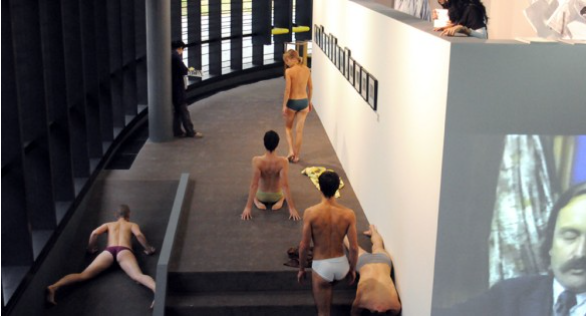
Anni Vigier & Franck Apertet, X-event 2

Annie Vigier and Franck Apertet, founders of Les gens d’Uterpan develop works which challenge the conventions that define the live arts. Since 2005, the two artists have created and performed their protocol series called X–Event. Constructed in reaction to the specific site, the frameworks of exhibition and the audience, the performances challenge the frontiers between performing and visual arts. The Nam June Paik Festival presents X–Event 2, recently presented at the
5th Biennale of contemporary arts in Berlin, the Louvre National Museum in Paris, the Tate Modern in London and the Lyon Biennale of contemporary arts 2007.
Concept: Annie Vigier & Franck Apertet / Performers: Sophie Demeyer, Cécile Laloy, Steve Paulet, Denis Robert, David Zagari / Sound: Nicolas Martz, according to the Victor Torres baryton voice / Cloth design: Vier 5
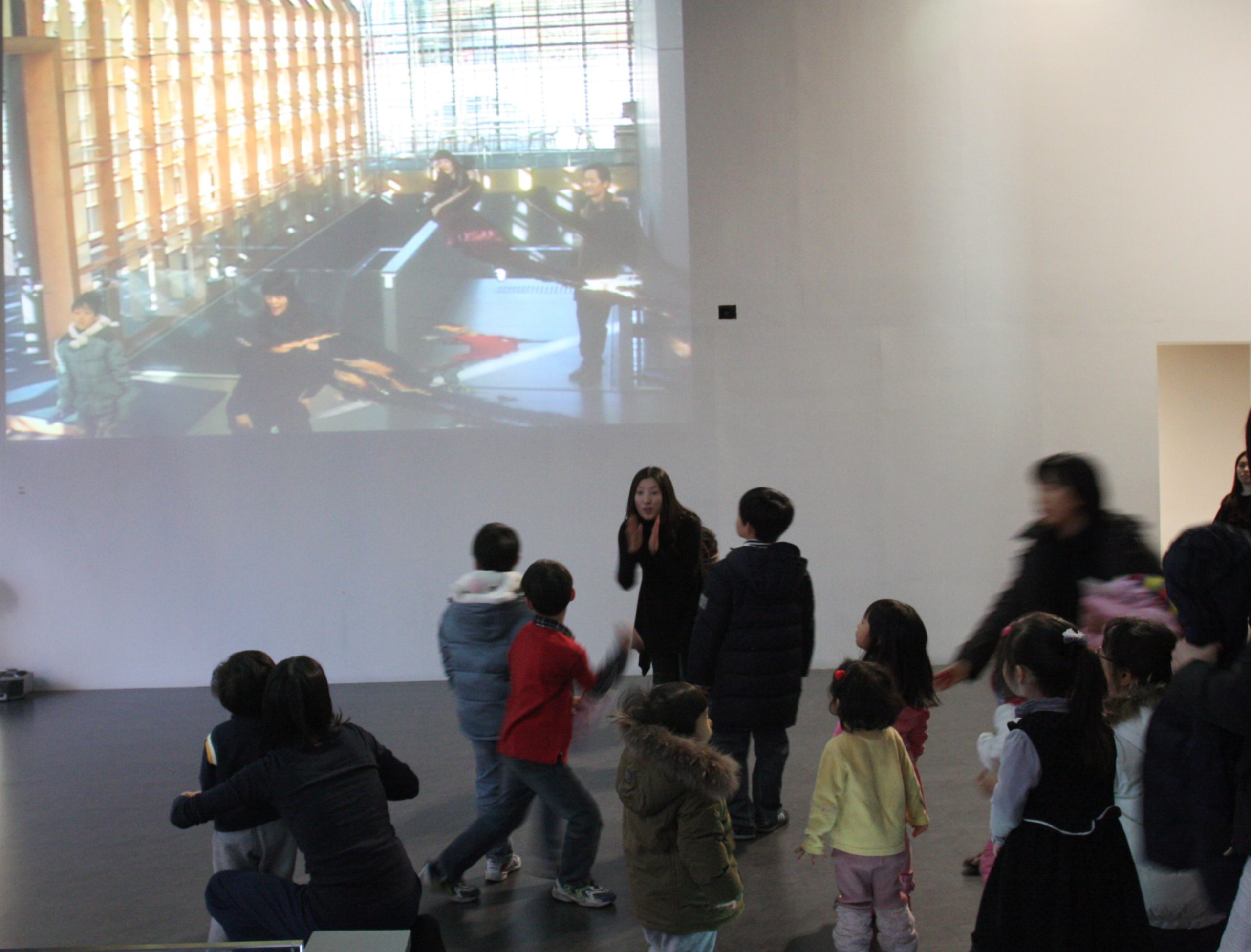
William Forsythe, City of Abstract

William Forsythe is famous for his choreography which transforms traditional ballet movement into a dynamic artistic form. His work deals with the most critical issues in current trends of art and ranges from performance, visual art, architecture to multimedia. In
City of Abstracts, an interactive video installation, the video camera, installed next to a large screen, tapes the audience and the nearby landscape and transfers the images onto a computer program. This in turn alters the images and projects them onto the screen in real-time.
Video software development: Phillip Bußmann /
Executive Producer: Julian Gabriel Richter
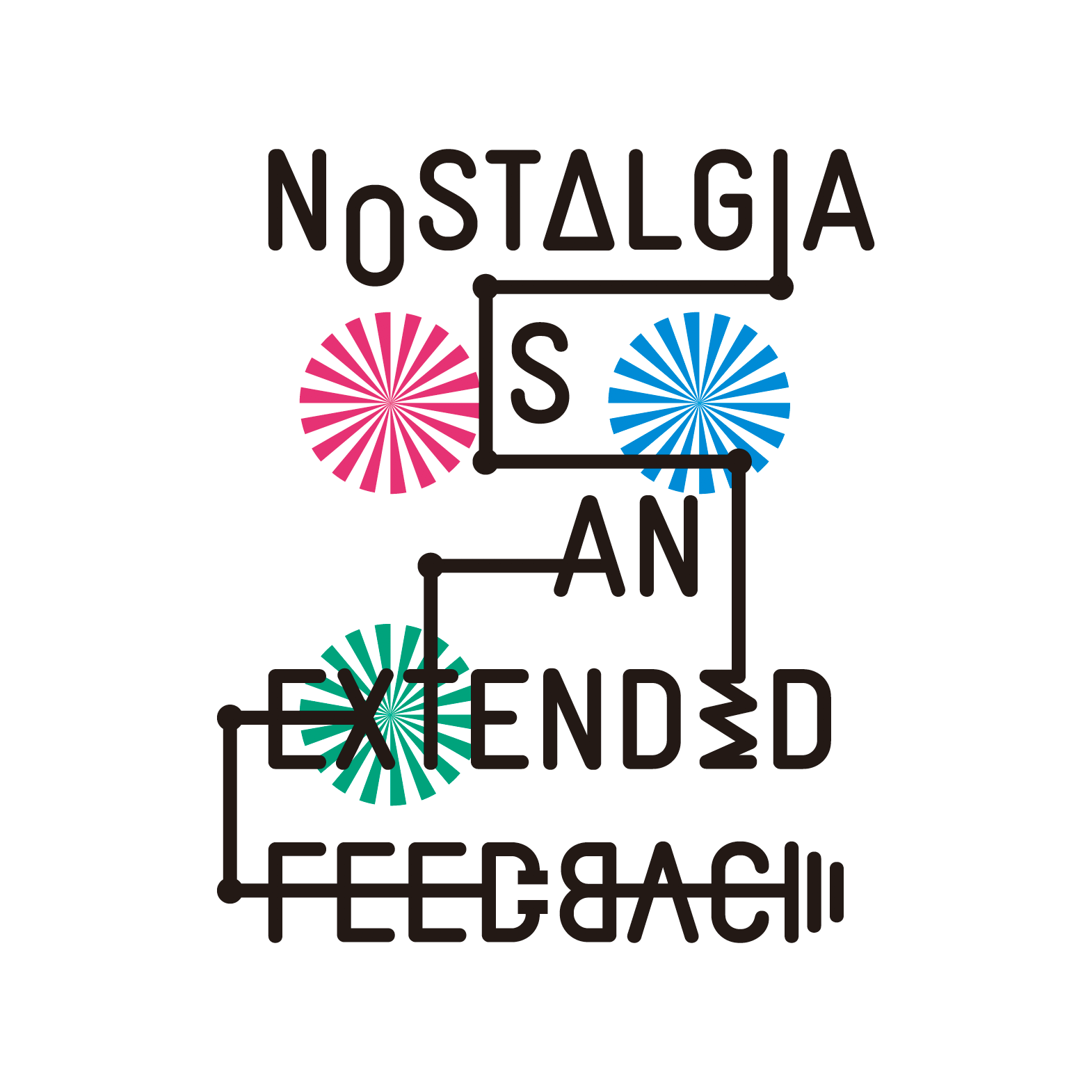
Ryoji Ikeda, Spectra Ⅱ

Ryoji Ikeda envisions multimedia environments and the culture of the future with mathematical precisions into how space, time and sound are perceived. His work Spectra II combines sound art and architecture, exploring how light and sound gain corporeity. This
inquiry into the human senses consists of an installation with a narrow corridor underneath a covered ceiling where only one person can go through at a time. Walking through that corridor, a person is bombarded by blinding light and intensive sound. One cannot estimate the size of the space and becomes disoriented but feels the
changes in sound and vibrations as they move through the installation.
Production: Forma (www.forma.org.uk) / Technician:
Kamal Ackarie
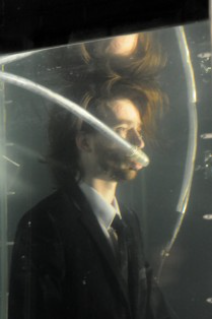
Kris Verdonck, In

Kris Verdonck’s work is located on the border between theatre and art, between installation and performance, between dance and architecture. In is an installation-performance. A performer is completely immersed in water and becomes hypnotized. His heart beat and the sound of his breathing are amplified so that they are audible to the audience. Thus, the audience feels the soundscape emanating from the body of the performer who is both alive and fossilized.
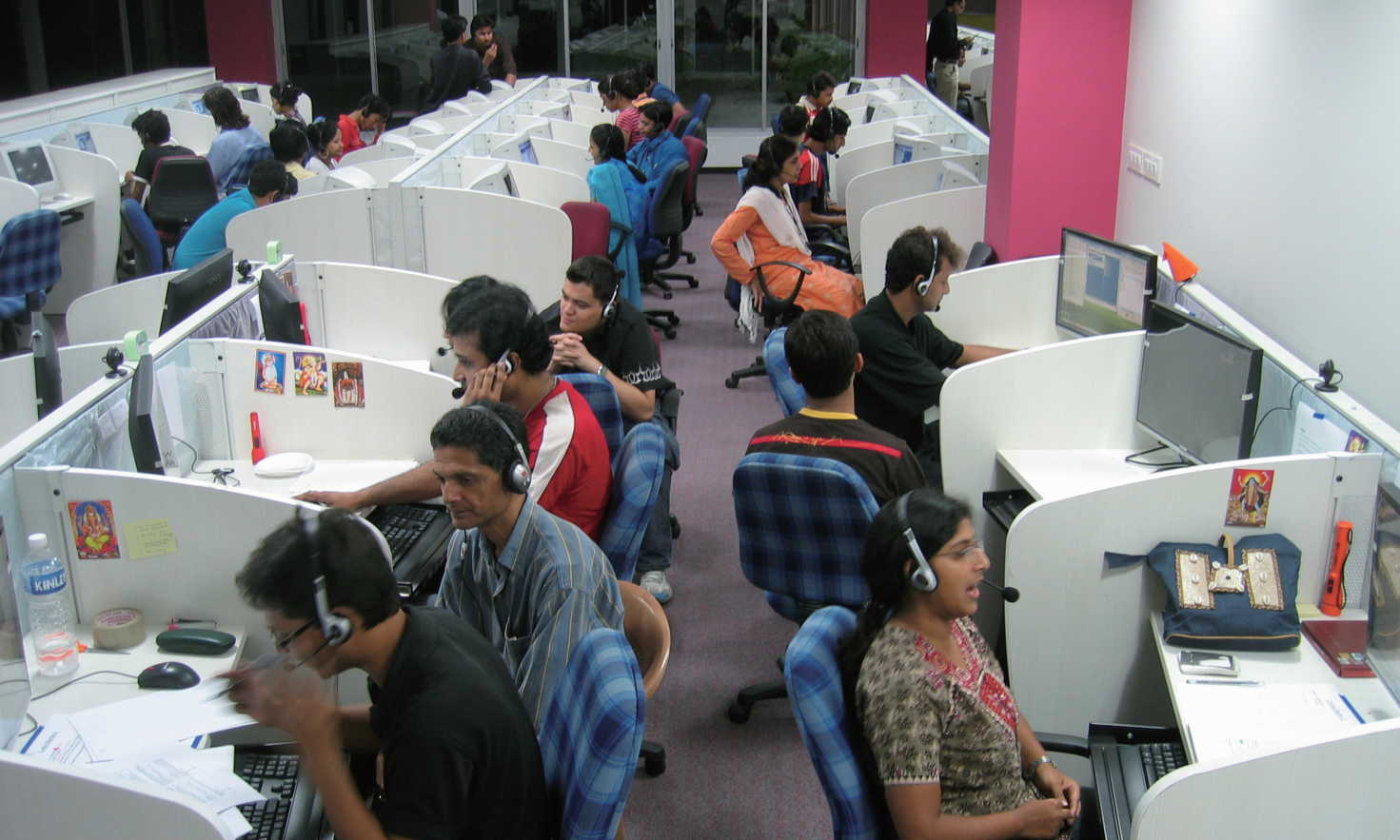
Rimini Protokoll `{`Helgard Haug/Stefan Kaegi /Daniel Wetzel`}`, Call Cutta in a Box

Rimini Protokoll, the members of which are Stefan Kaegi, Helgard Haug and Daniel Wetzel, creates, at times, nonꠓfiction works in non-theatrical spaces. Call Cutta in a Box invites the audience into a room instead of a theatre. When they enter this room, a phone rings and they hear a voice from Calcutta, India. Call Cutta in a Box artistically satirizes the systems subjacent to the West’s service industry.
Technician: Joern Barthel
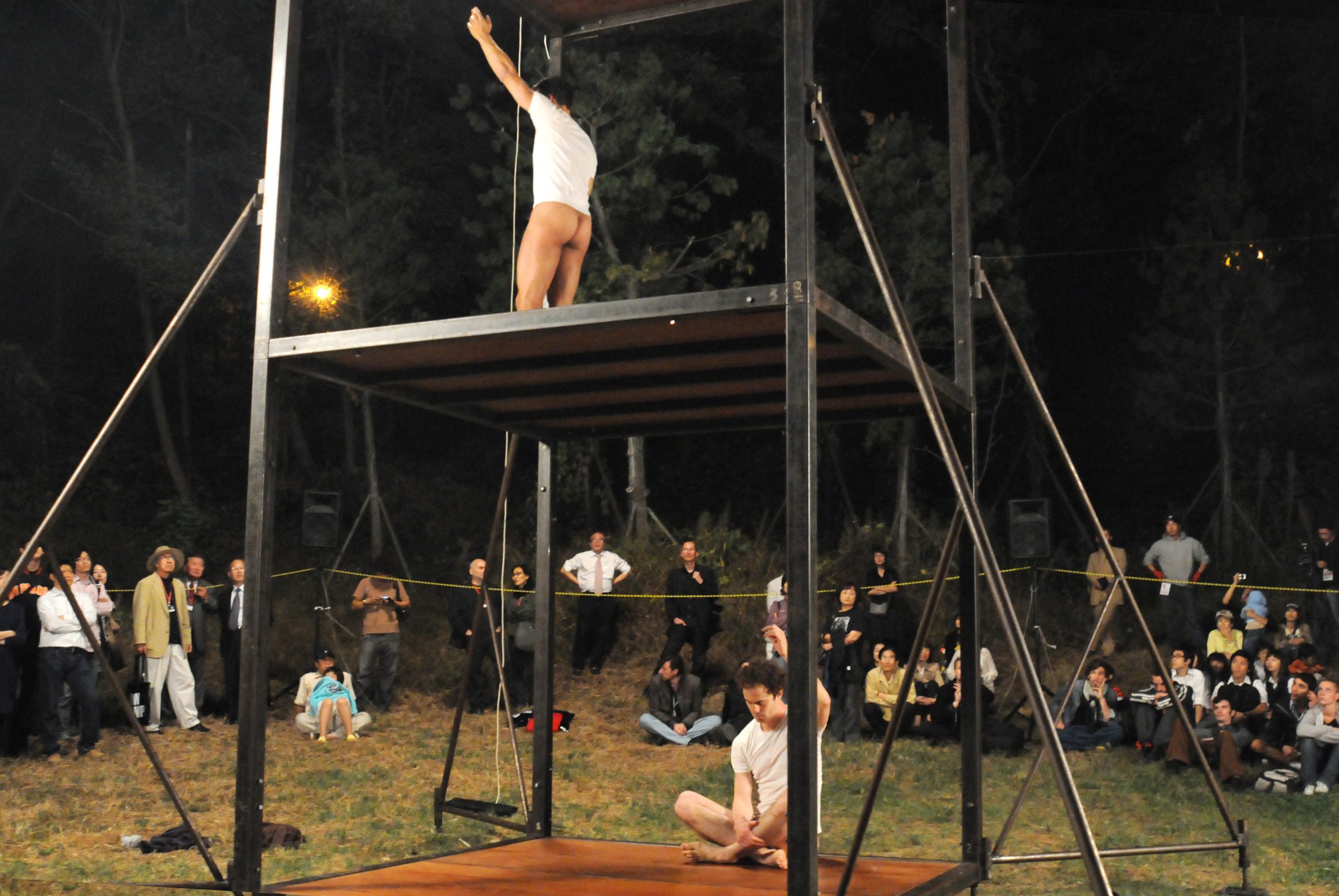
Boris Charmatz `{`Association EDNA`}`, Aatt enen tionon

Boris Charmatz’s choreography has been radical in criticizing institutional systems. He has endeavored to formulate various methods and contexts to explore the possibility of performance art acting as social critique, and to enable artistic experiments. In Aatt enen tionon,
three dancers perform on a narrow space built onto a three level structure. The audience is free to move around.
Performer: Boris Charmatz, Anna MacRae, Fabrice Ramalingom / Technician: Jean-Michel Hugo / Production manager, Héâtre – élévision usher education: Angéle Le grand


